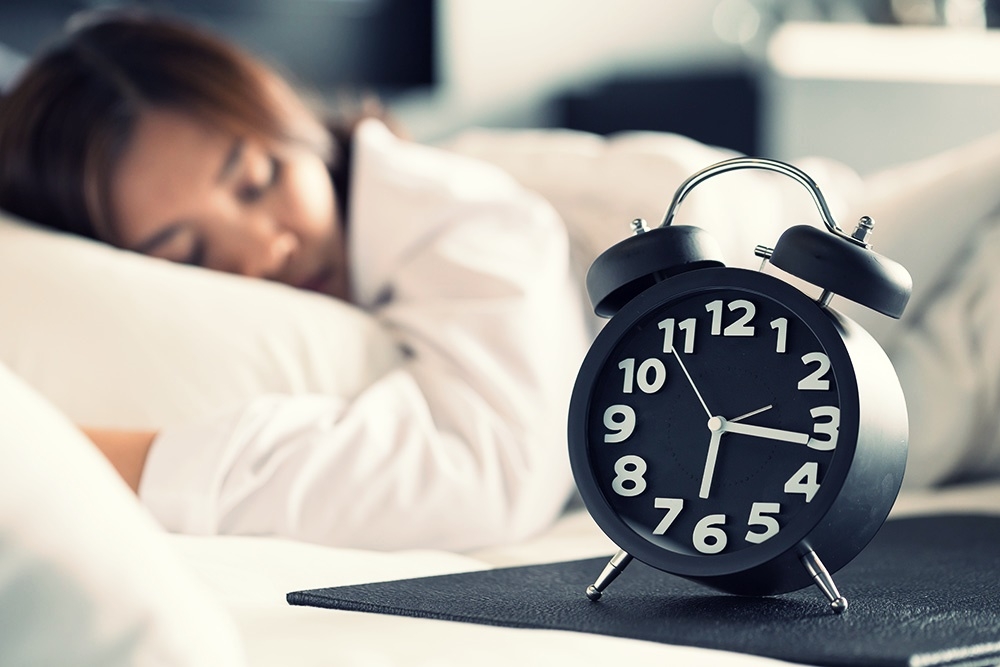
How to Get a Good Night Sleep
Having trouble sleeping? Do you wake up some mornings with back or neck pain worse than the night before? Not getting a good night sleep can leave you tired and grumpy throughout the day. Many people are confused about how to create an optimal sleep environment. Simple and effective changes can be made to help decrease or prevent back pain throughout the night.
Mattress shopping can be tricky and will be different for everyone. Ultimately, personal preference should be the number one factor in determining what is right for you. Your mattress should be flexible enough to adapt to your body’s shape, but firm enough to support the spine.
The coils/springs in a mattress provide the support and the top cover thickness provides the comfort. Often times, the softness of a mattress is what helps you fall asleep, but the firmness helps you stay asleep. Finding the right combination will differ for everyone. If you share your bed, look into buying a mattress that has independent support systems for each sleeper. It is a good idea to buy a mattress from a supplier that allows you to try it in your home risk free for a few nights before making the commitment to buy it. Another great tip is to test out different hotel mattresses when traveling to determine what you like.
Knowing when to buy a new mattress is also important. If it is no longer comfortable, or if your mattress sags in the middle, this might be an indication you are ready for an upgrade. Keep in mind the price of the mattress does not always mean it will be better for you. Go to many stores and test out several before spending big dollars assuming it will be the best.
What is the Best Sleeping Position?
There is no single best sleeping position. Often what works for one person, may not be the best for another. Sleeping on your stomach is not the best option. This causes your neck to be twisted awkwardly for an extended period of time. Stomach sleepers who wake up in the morning with headaches may find it helpful to try and sleep on their back or side. Furthermore, sleeping on your stomach contributes to a flattening of the spines natural curves, which increases the load on the surrounding muscles. If you insist on stomach sleeping, try putting a pillow under your hips to increase the low back’s natural curve.
For low back pain sufferers, sleeping on your back with a pillow under your knees can take pressure off the lower spine. If you do not find this comfortable, try lying on your side with a pillow between your legs. Do not worry about trying to stay in the exact same position all night. Moving around can actually decrease the pressure on your back over the course of your sleep.
 What is the Best Pillow to Use?
What is the Best Pillow to Use?
If you are tossing and turning at night, changing up your pillow could be the answer. No matter what position you sleep in, your pillow should fill the gap between your neck and the mattress while still maintaining your natural spinal curves. To maintain proper spinal alignment, most pillows should be propped up about 4-6 inches. However, if you must sleep on your stomach, the pillow should be thinner to prevent your neck from twisting even further sideways.
Since everyone is unique, find a pillow that can be adjusted to work for you. For example, water pillows allow you to adjust for firmness based on the amount of water put in them. Memory foam pillows adjust to form the head and shoulder shapes. It is also important to remember pillows lose firmness overtime; therefore, changing up your pillow every now and then is a good idea.
Before purchasing a pillow, make sure you are not allergic to any of the materials. Hypoallergenic pillows are available for people who are allergic to certain fabrics or feathers. At the end of the day, our pillow gives us a sense of comfort. While pillow shopping, make sure you test them out to find one that is perfect for you.
Good Night!
Source: Canadian Chiropractic Association www.chiropractic.ca/resources











